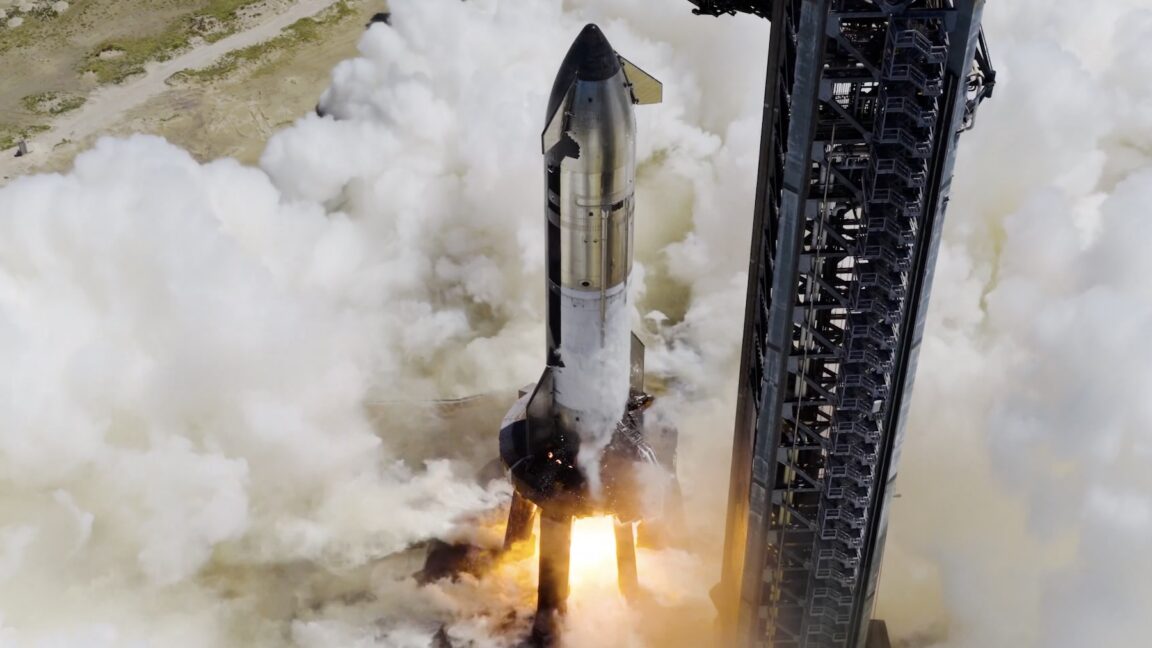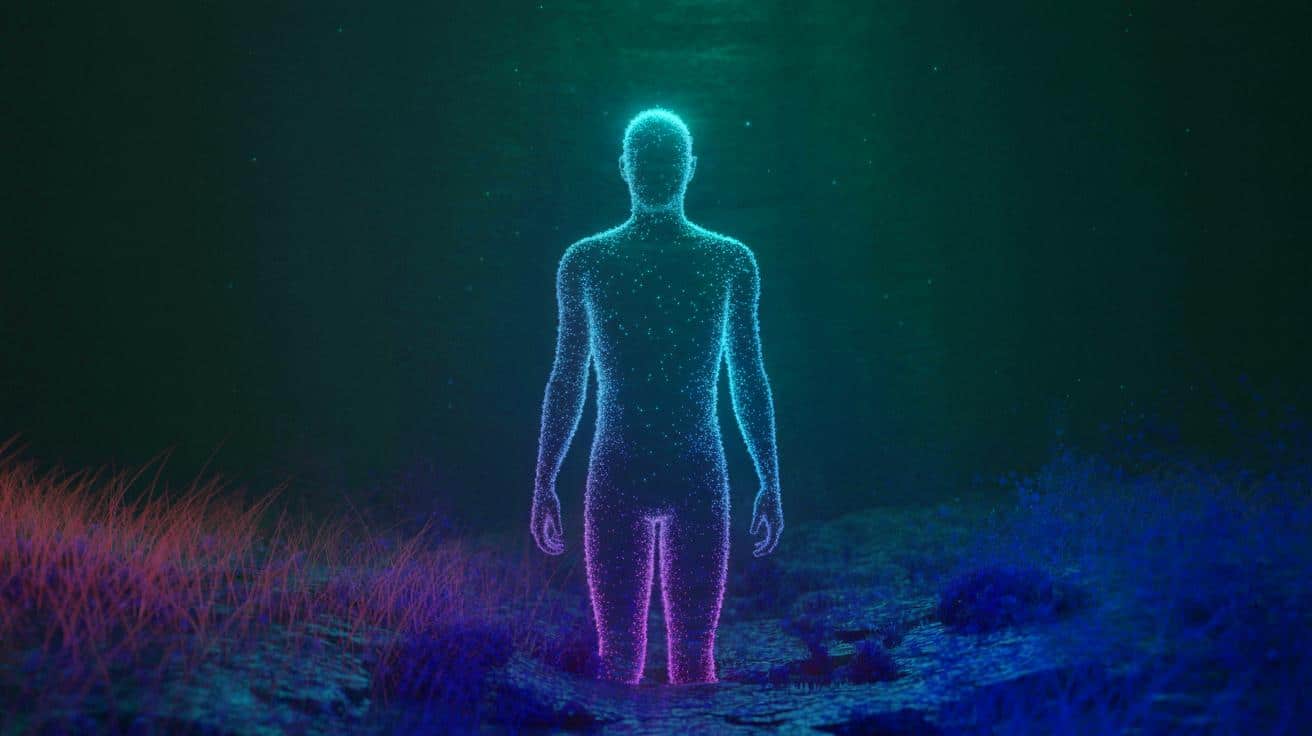| IN A NUTSHELL |
|
Recent astronomical research has unveiled a surprising aspect of our solar system’s position in the universe. For years, scientists have speculated about the peculiar region of space we inhabit, known as the Local Hot Bubble. This area, characterized by its high temperature and low density, has sparked intrigue and curiosity among experts. Now, a new study by researchers at the Max Planck Institute has provided evidence of a cosmic channel, or “tunnel,” that may connect our solar system to distant star systems. This discovery challenges long-held assumptions about the vast emptiness of space and suggests a more interconnected cosmic landscape than previously thought.
The Local Hot Bubble: A Unique Galactic Environment
Our solar system resides within a fascinating region of space known as the Local Hot Bubble (LHB). This area, spanning approximately 300 light years, was formed by the explosive force of supernovas. These powerful stellar events heated the surrounding gas, creating a low-density and high-temperature environment. The remnants of these explosions are still evident, manifesting as thin distributions of hot plasma.
Dr. L. L. Sala, the lead author of the recent study, notes that the LHB’s temperature displays a north-south dichotomy at high latitudes. This observation adds to the understanding of the LHB’s complex structure. Despite its seemingly empty nature, the LHB is far from void of activity. It serves as a reminder that space, even in its quietest moments, is subject to dynamic processes that shape its composition and behavior.
Unveiling the Cosmic Channel
The study’s most intriguing revelation is the detection of a cosmic channel that appears to stretch toward the Centaurus constellation. This feature seems to carve a path through the hot material of the LHB, potentially linking our solar system to distant star systems. Another such pathway may connect toward the vicinity of Canis Major.
The presence of these channels suggests a larger network of interstellar pathways, possibly formed by young stars’ winds and ancient supernovae events. This discovery aligns with older theories proposing the existence of a labyrinth of connected cavities in space. However, only now, with advanced instruments like eRosita, do we have the data to support these ideas.
“The detection of these channels challenges our previous assumptions about the structure of space surrounding our solar system,” Dr. Sala remarked in the study.
Technological Innovations and X-Ray Observations
To uncover these cosmic secrets, scientists relied on the eRosita X-ray observatory, part of the Spectrum-Roentgen-Gamma mission. This cutting-edge technology scours the sky, capturing soft X-ray emissions that help identify hot gases and interstellar structures. By combining eRosita’s data with older observations from ROSAT, researchers have constructed a more detailed map of our cosmic neighborhood.
This process involved dividing the sky into thousands of segments, painstakingly extracting signals of warm gas and interstellar formations. Such detailed analysis is critical for isolating the faint glow of surrounding plasma, revealing a complex and interconnected cosmic environment.
These advancements in X-ray astronomy have opened new avenues for understanding the dynamics of space, highlighting the importance of continued technological development in the field.
Beyond the Illusion of Emptiness
Contrary to popular belief, space is not a mere void. Even the seemingly empty regions between stars contain various materials, such as dust, plasma, and radiation. The Local Hot Bubble exemplifies how dramatic cosmic events can sculpt these materials into unexpected forms.
Supernovas play a significant role in this process, expelling matter and energy that heat and churn the interstellar medium. Over millions of years, these actions lead to variations in density, temperature, and composition. This interplay creates an environment far more intricate than a simple vacuum.
The recent study by the Max Planck Institute suggests that the average thermal pressure within the LHB is lower than anticipated, indicating potential openings in some directions. This finding adds complexity to our understanding of the LHB’s structure and its influence on our solar system.
The Broader Implications of Cosmic Channels
While researchers have mapped parts of the Local Hot Bubble and uncovered these unusual passages, much remains to be understood. Some regions appear to be interconnected by a series of linked cavities, while others seem blocked or less defined.
Further exploration and analysis are necessary to fully comprehend the formation and evolution of these structures. As new data becomes available, astronomers hope to refine their models and gain insights into the dynamics of these cosmic channels.
The discovery of these hidden routes challenges previous assumptions and adds depth to our understanding of the cosmic landscape. It invites us to reconsider the nature of space and the interactions between our solar system and the surrounding universe.
The unveiling of cosmic channels connecting our solar system to distant star systems marks a significant advancement in our understanding of the universe. This discovery challenges the notion of space as an empty void and highlights the dynamic and interconnected nature of the cosmos. As researchers continue to explore these hidden pathways, they will undoubtedly raise new questions about the forces shaping our cosmic neighborhood. What other mysteries lie hidden in the vast expanse of space, waiting to be uncovered by future generations of astronomers?
This article is based on verified sources and supported by editorial technologies.
Did you like it? 4.6/5 (23)
Source link


